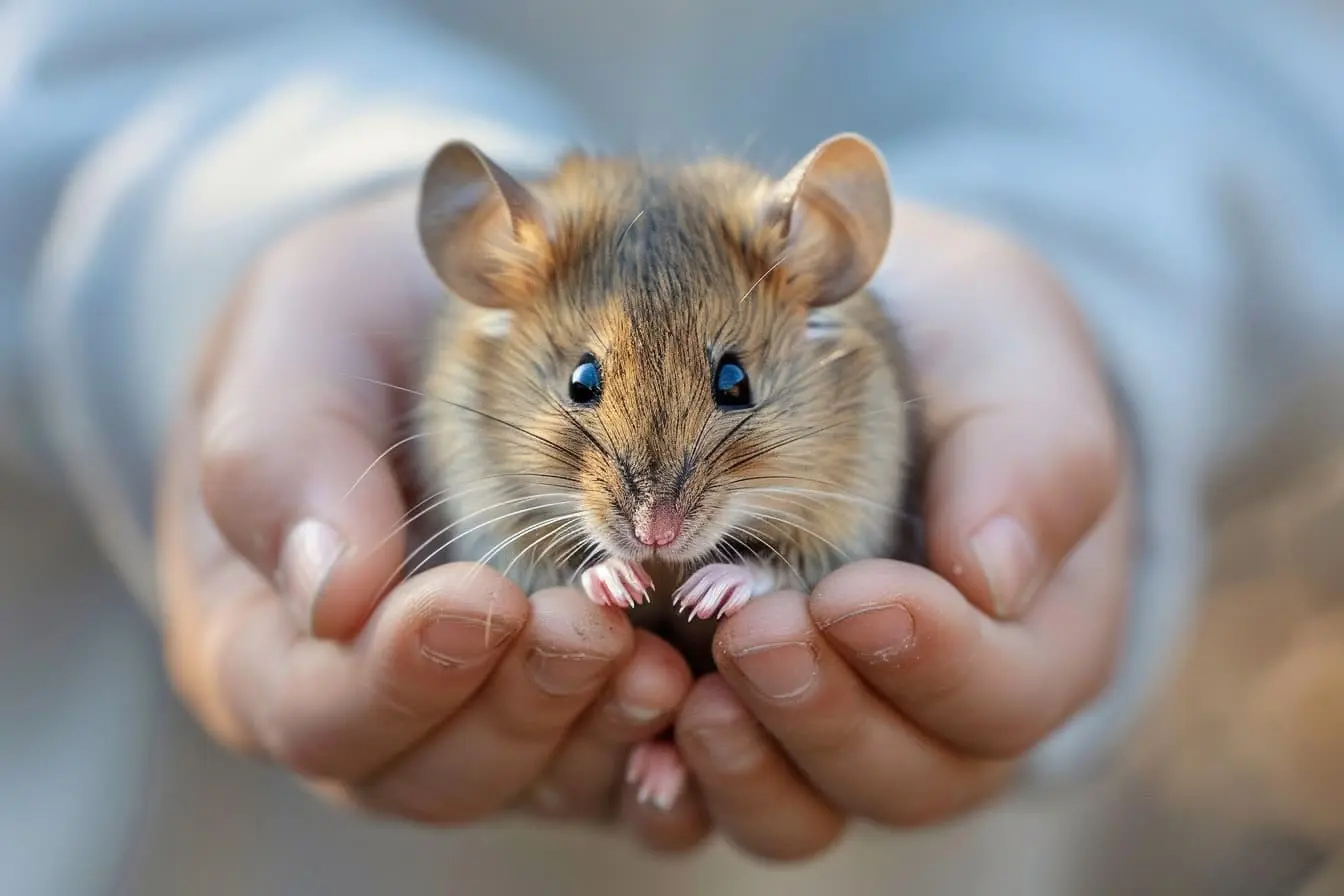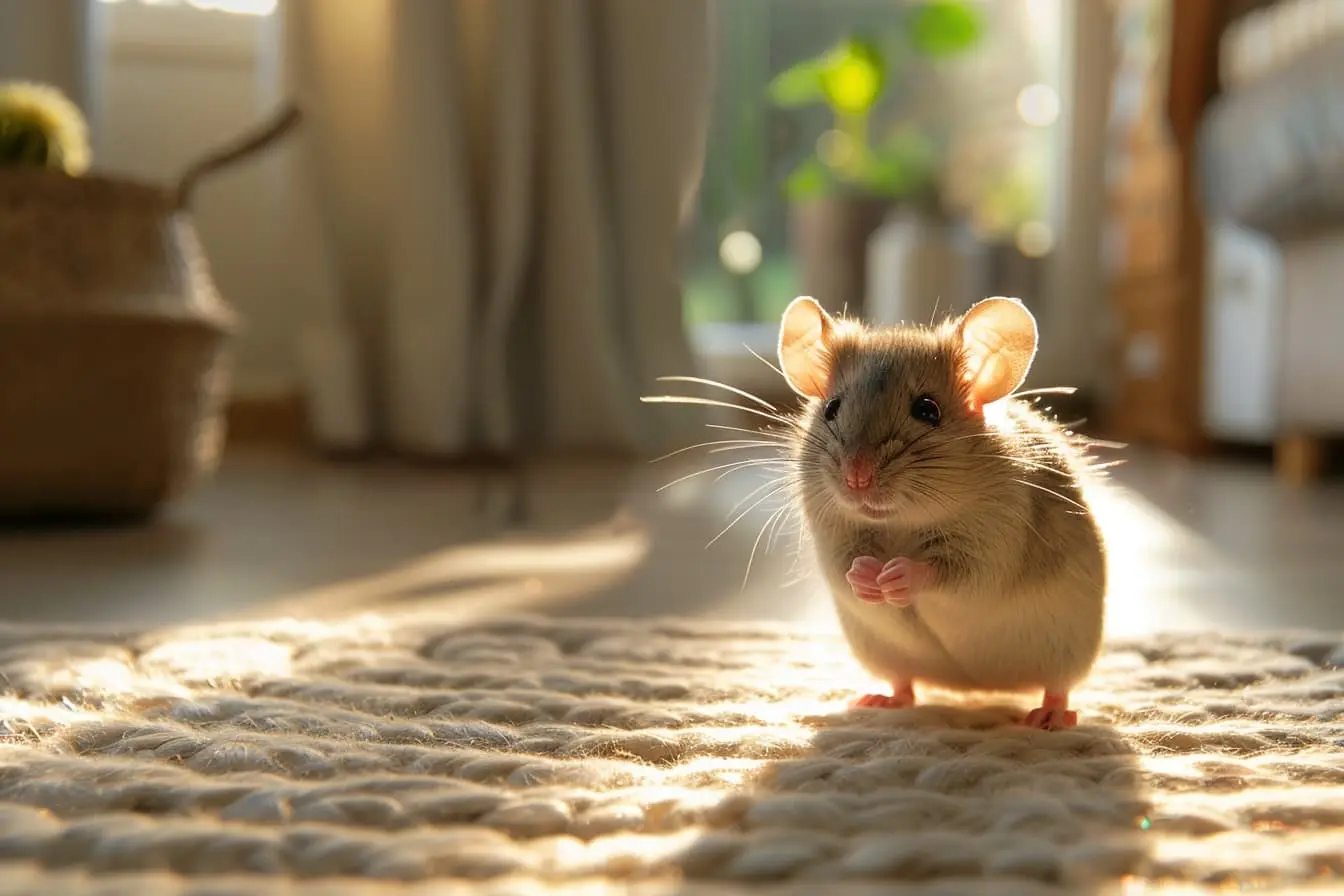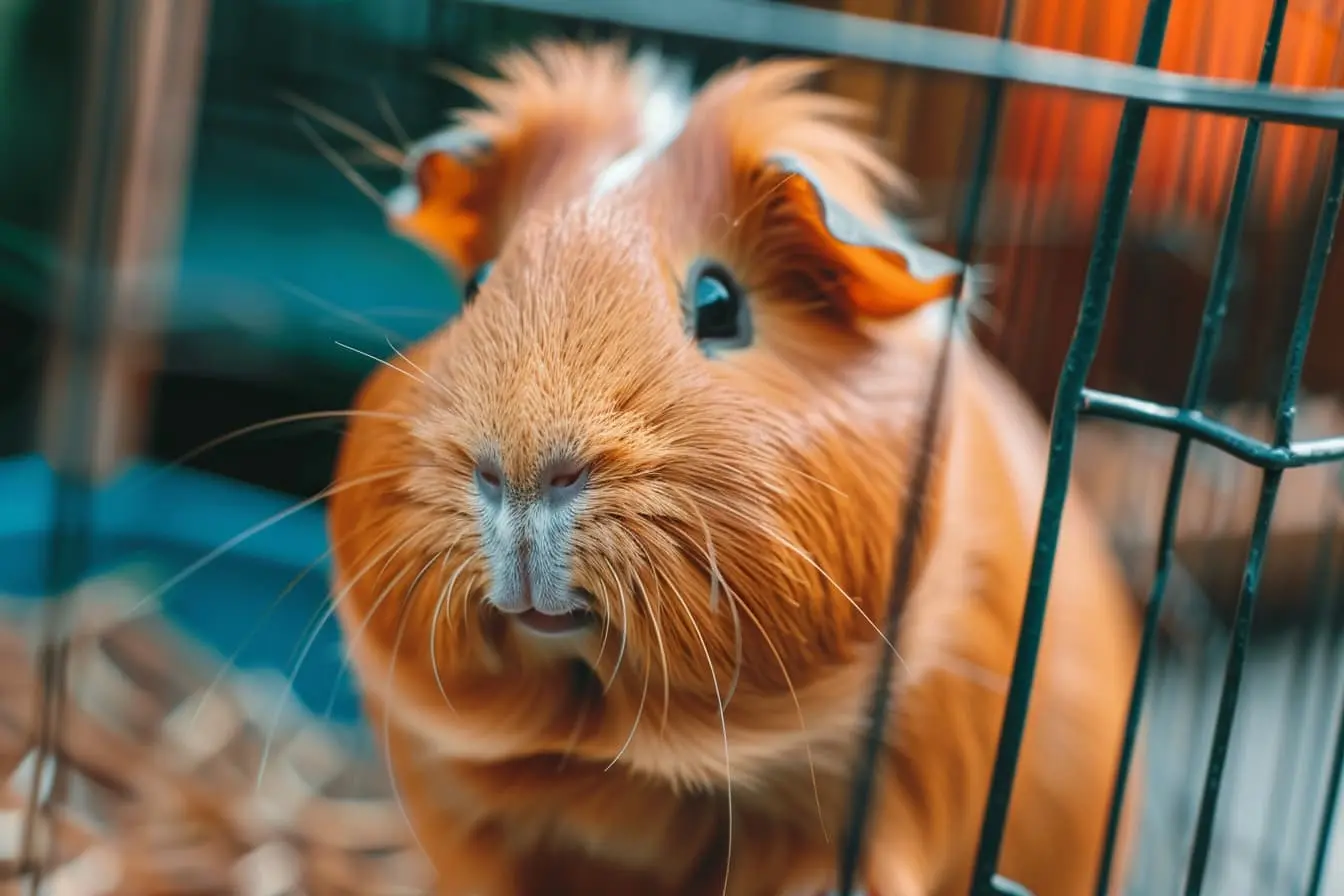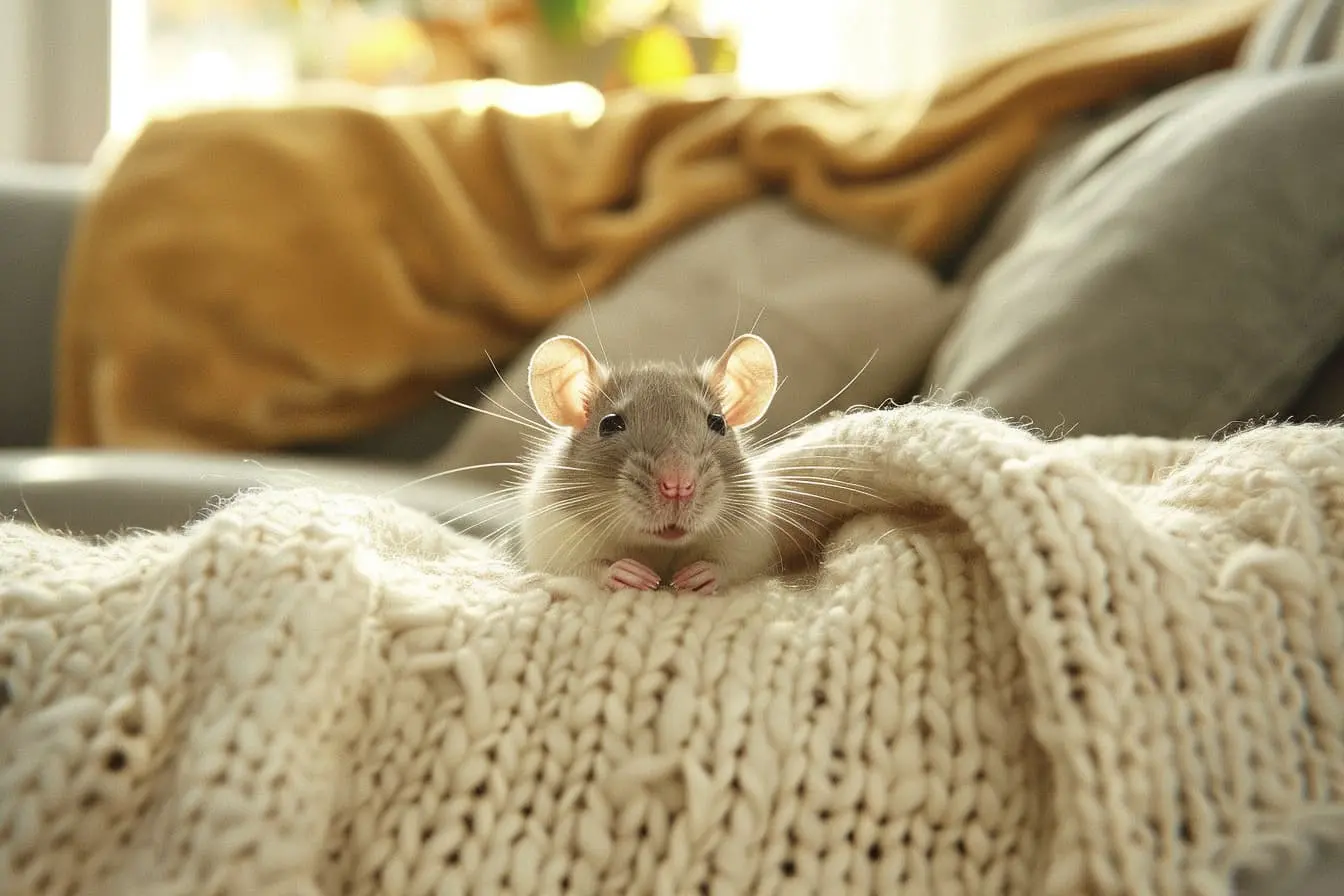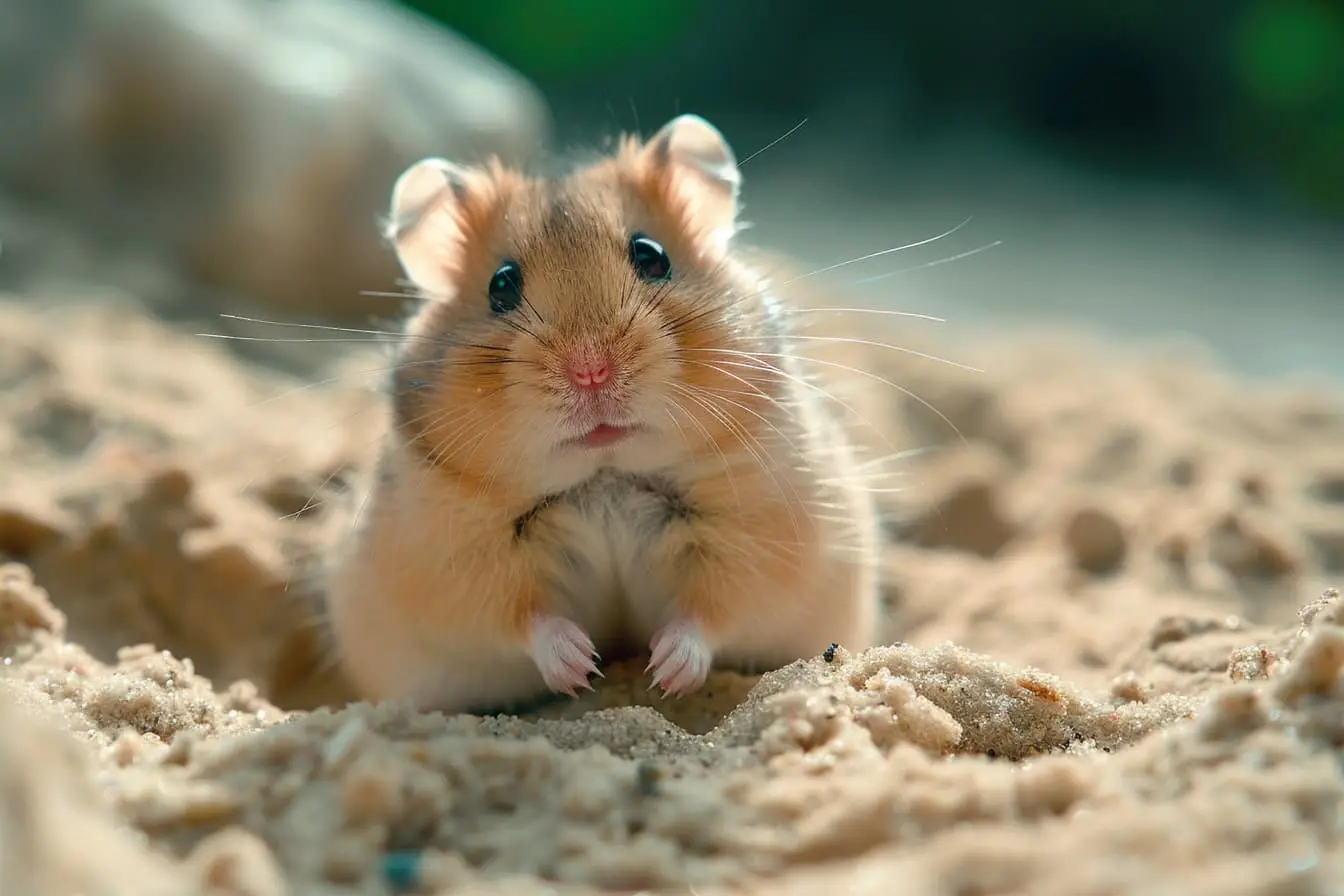
Whisker-Twitching Fun: How to Play with Your Pet Hamster
Hamsters are endearing pets known for their curious nature and adorable antics. Despite their small size, hamsters require stimulation and play to keep them healthy and happy. Understanding how to engage your furry friend in play can enhance their quality of life and strengthen your bond. Here’s a guide to providing your pet hamster with fun and safe playtime activities.
Understanding Your Hamster's Needs
Hamsters are nocturnal, meaning they are most active at night. It’s important to schedule playtime during their active hours, usually in the evening, to match their natural routine. Remember, each hamster has its own personality; some may be more adventurous, while others are shy and require patience to come out of their shell.
Creating a Safe Play Environment
Before you introduce any play activities, ensure the environment is safe:
- Play in a contained, escape-proof area.
- Remove any hazards or small objects that could be ingested.
- Supervise your hamster closely to prevent any mishaps.
Interactive Play Ideas
Treat Trails
Create a trail of small, hamster-safe treats leading to a toy or hideout. This encourages your hamster to explore and forage, mimicking their natural behaviours.
Maze Exploration
Build a maze out of cardboard or use a commercially available play maze. Place treats at the end to motivate your hamster to navigate through. This provides mental stimulation and physical exercise.
Ball Play
Place your hamster in a clear, ventilated exercise ball to explore a hamster-proof room under your supervision. Ensure the ball is secure and monitor playtime closely to prevent fatigue or stress.
Non-Interactive Play Ideas
Chew Toys
Hamsters need to chew to keep their teeth healthy. Offer a variety of chew toys made from safe materials like untreated wood or cardboard. This not only helps with dental care but also keeps them entertained.
Climbing Structures
Introduce safe climbing structures in your hamster’s cage, such as wooden platforms or ladders. Climbing satisfies their urge to explore vertical spaces and adds variety to their environment.
Digging Box
Fill a shallow box with hamster-safe bedding to allow your pet to dig and burrow. This simulates their natural digging behavior and provides a fun outlet for their energy.
Playtime Tips
- Gentle Handling: When handling your hamster, do so gently and securely to build trust and prevent injury.
- Watch for Overexertion: Hamsters can tire easily; keep play sessions short and sweet, allowing your pet to rest as needed.
- Variety is Key: Rotate toys and play activities to keep your hamster engaged and prevent boredom.
Health and Safety Considerations
- Regular Check-ups: Use playtime as an opportunity to check on your hamster's health, looking out for any signs of distress or discomfort.
- Clean Play Area: Ensure the play area and toys are clean to prevent the risk of infections.
- Hydration: Always have fresh water available for your hamster during and after play.
Conclusion
Playing with your pet hamster is not only about fun and games; it's a crucial part of their care, contributing to their physical and mental wellbeing. By understanding and catering to your hamster's playful nature, you can provide a stimulating environment that keeps your tiny companion thriving.
Vets near you
Speciality vets
- Aquatics vet specialists
- Birds vet specialists
- Camelids vet specialists
- Cats vet specialists
- Cattle vet specialists
- Deer vet specialists
- Dogs vet specialists
- Equines vet specialists
- Exotic vet specialists
- Goats vet specialists
- Pigs vet specialists
- Poultry vet specialists
- Sheep vet specialists
- Small Mammals vet specialists
- Wild vet specialists
